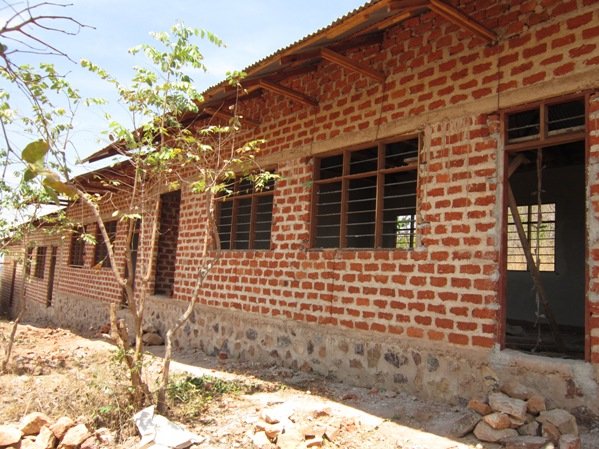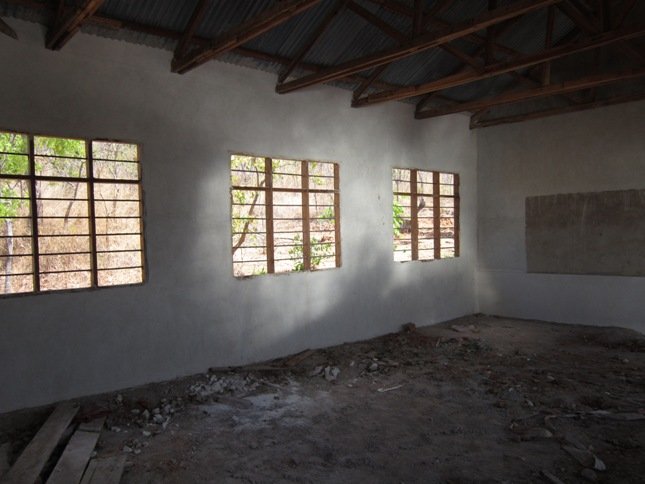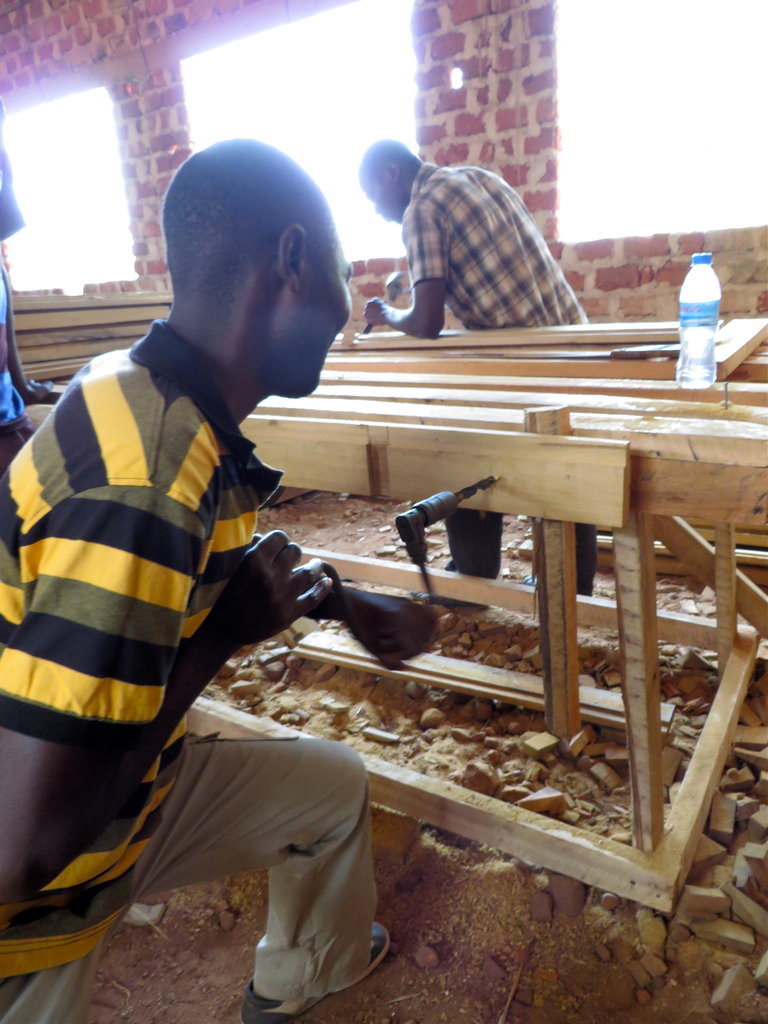By Rai Farrelly | Co-Founder, Project Wezesha
Dear Project Wezesha Supporters,
Wow! What a ride it's been! Thank you for being part of the adventure to this point and we hope you will continue to support our work and share with your friends and family as we round the bend. (We are so close!!)
This summer, I traveled to Kigoma again to continue forging relationships and keep the momentum going on the school building endeavor. As with every year before, we faced challenges and experienced triumphs! Highlights from this year include the following:
Working with the village to complete this school has never been without its challenges. This year, we had one set back when the villagers failed to contribute the necessary water to the worksite so the builders could make the concrete and plaster for the classroom walls. This has been the number one challenge we faced over the years. There are a few reasons they cite. Among them: villagers in areas close to the school feel they do more than others; some leaders don't work alongside their citizens; villagers think they should be paid for this work.
These are all great reasons, but not easily remedied. It's true that villagers who live far away don't come often to carry sand, stones and water - yet their children will benefit from this school one day. It's also true that some leaders 'beat the bushes' to get folks to help and then don't turn up themselves. And yes, the work does merit pay. The decision not to do so was based on our initial agreement that stated: if Project Wezesha generates funds to build this school, we will pay for skilled labor and all materials. In exchange, villagers will contribute sand, stone, water, and the labor to get those materials to the worksite. Typically, in Tanzania, a secondary school is built by the villagers only - with no external (NGO or government) support.
One day, I arranged to stay in the village with our friend Jane. The reason being that I wanted to wake early and carry water with Jane, Lucas and Maiko in the morning so that the workers had some water to make plaster. The evening before, Lucas and I walked around and spoke with 50 or so men. I practiced my speech in kiswahili so I could be the one to ask a favor, rather than Lucas. I told them that work had come to a halt due to lack of water. I told them that we would be carrying water in the morning and that with more men, we could fill the tank in less than an hour. I said, please - just one hour. Will you join us? Each of them smiled, shook my hand, looked me in the eye and said, 'Of course, no problem, tomorrow, see you then.' The next morning - Jane, Lucas, Maiko and I, along with two women I hadn't talked with and one man who already worked for us carried 800 liters of water. Not one single man from the village showed up.
After working for 2.5 hours, we returned to the village, tired, hot, hungry - and yes, angry. I went to the village leaders' office and spoke with the executive officer. She saw how upset I was and was very disappointed in these men. Alas, what's to be done. In the weeks following, the village diwani (chief) and other leaders used money from the village budget and found 8 individuals to carry water for pay. They filled the tank. They were all women.
I don't want this to seem like a sad story becuase it's not. For me, it reinforces what we are doing. In this particular village, the adults have limited formal education experience. They have uneducated views about medicine, maternal health, HIV/AIDS, how to conserve the local environment, and how to generate an economy for their small community. The men spend a lot of time playing a popular game, Bao, drinking chai or coffee, and chatting. The women do the work of the village - from having and raising children to cleaning, cooking and collecting water and firewood, to delivering babies and caring for the elderly.
So why is this reinforcing what we're doing? Because with education, so much will change! I can already see the shifting of perspectives about life and education among the children we support with secondary school scholarships. I know that this will have an impact. I doubt sometimes - like all good believers, I doubt. But I find strength in the support we get from all of you and the progress I see each year when I visit. It has taken longer than I anticipated to complete this school, but - Rome wasn't built in a day either. :) Most secondary schools are built over many years, one classroom at a time with students attending unfinsihed schools and enduring continued construction as the villages can muster funds. Our 4-year plan was ambitious, and we're almost there! If the floors are finished this fall, we will be bringing in the first group for the beginning of their school year in January 2014. And if they don't, we will still finish and this school will be populated with eager, uniformed, bright young students soon enough!
Sincere thanks for all of your support! It has been extremely appreciated and very well managed, I assure you! Project Wezesha has virtually no overhead, so the great majority of donations we receive goes straight to the project. In addition to materials and skilled labor, your funds contribute to Lucas' salary for his tireless work on the ground - working to ensure the funds are spent appropriately, materials arrive safely, the village leaders remain honest, and that you get updates and photos like those you see here. Please take a moment to enjoy the pictures - the fruits of your support!
Asante Sana!
Rai Farrelly
Project reports on GlobalGiving are posted directly to globalgiving.org by Project Leaders as they are completed, generally every 3-4 months. To protect the integrity of these documents, GlobalGiving does not alter them; therefore you may find some language or formatting issues.
If you donate to this project or have donated to this project, you can receive an email when this project posts a report. You can also subscribe for reports without donating.


